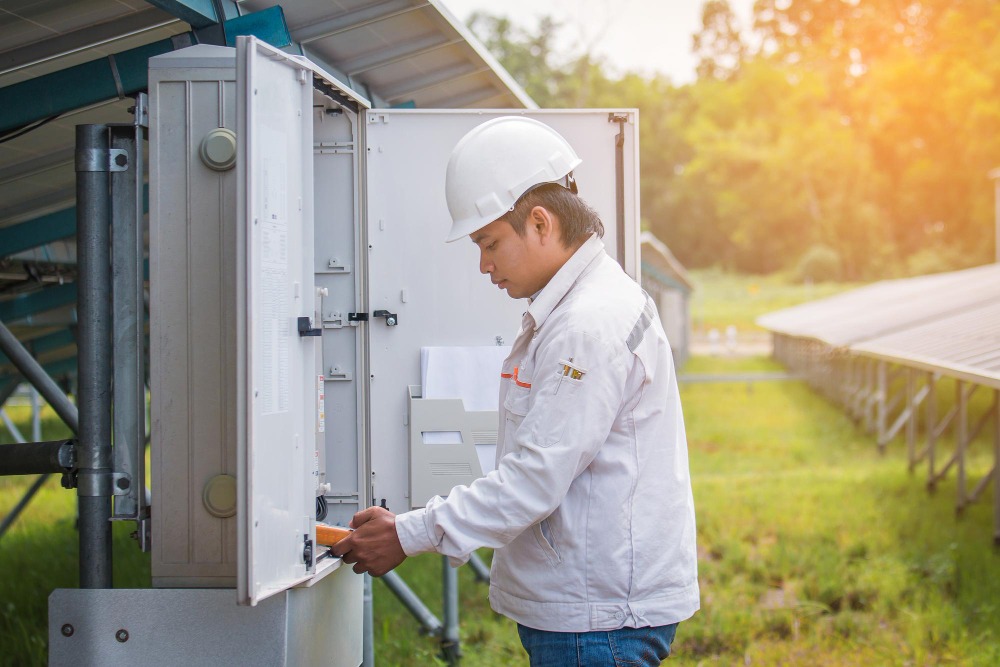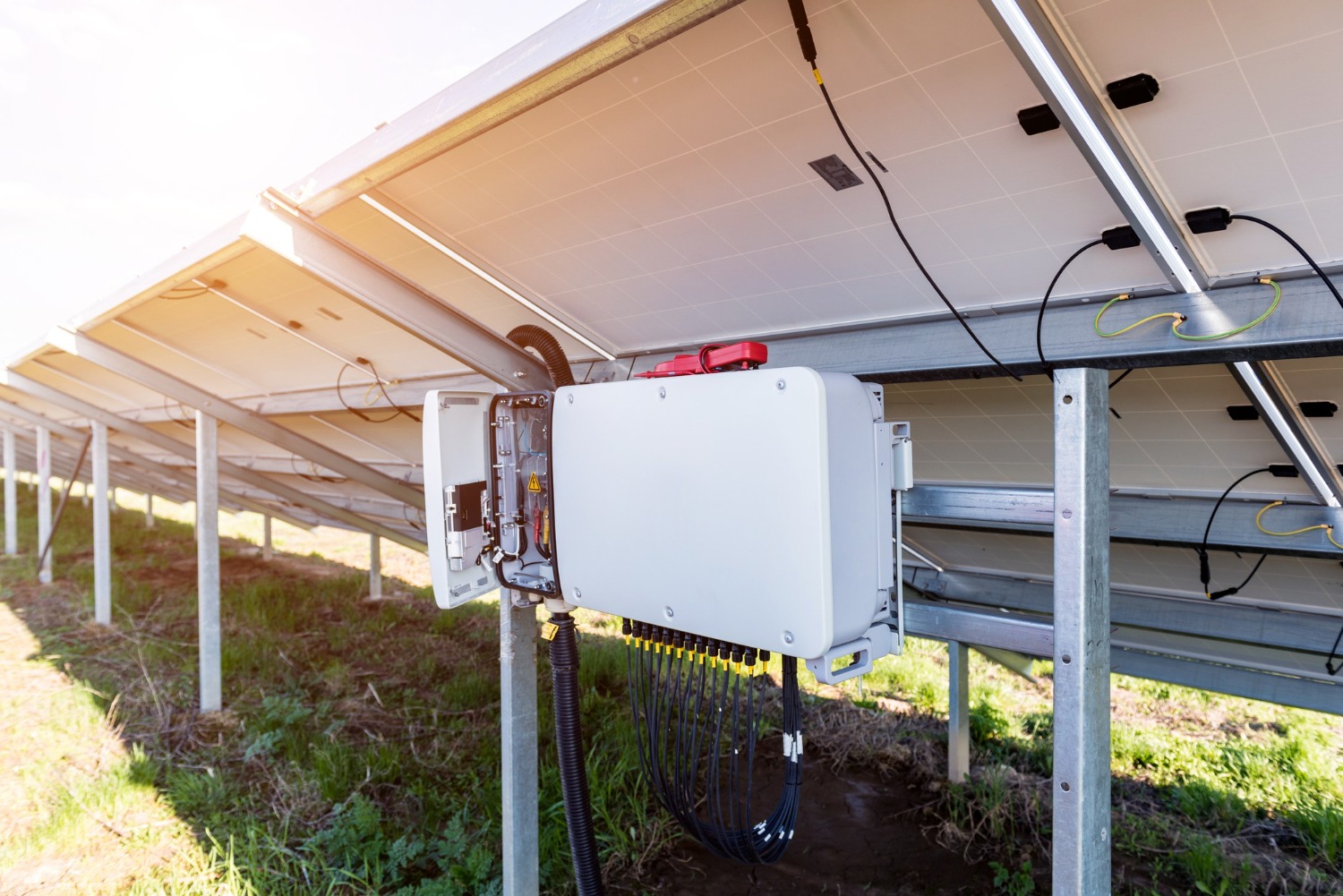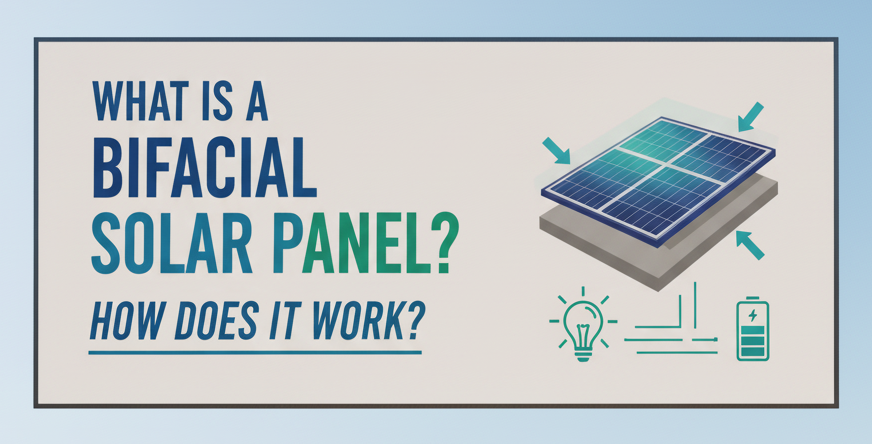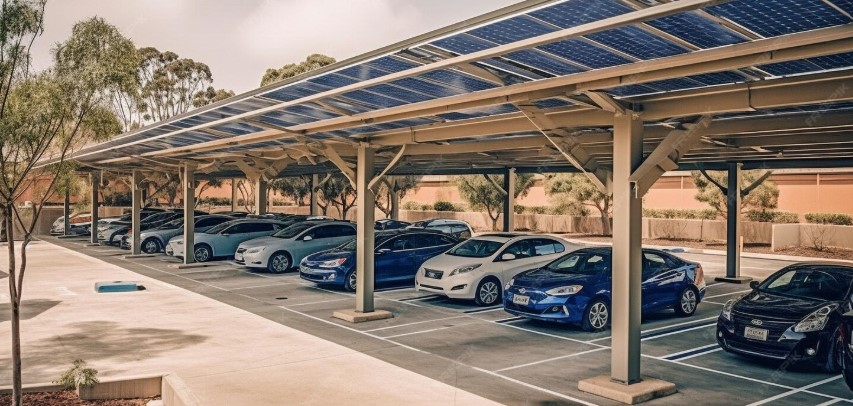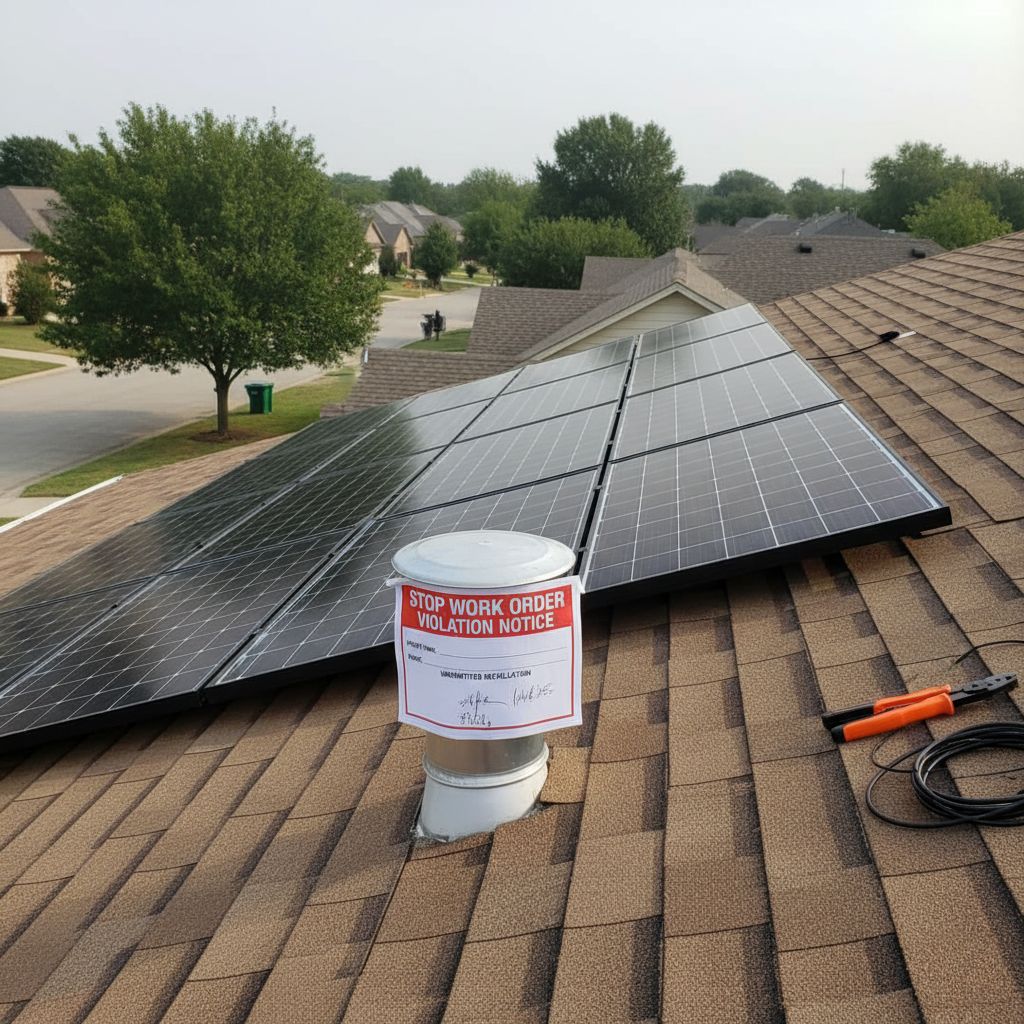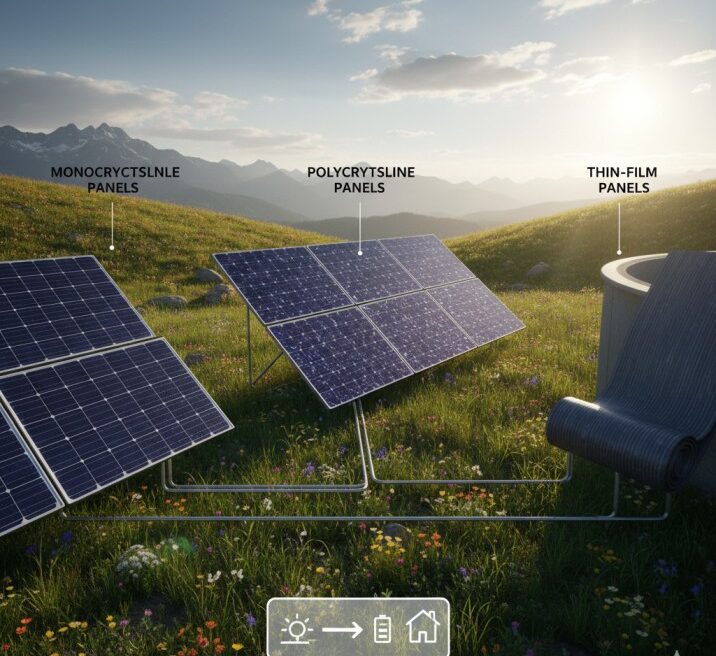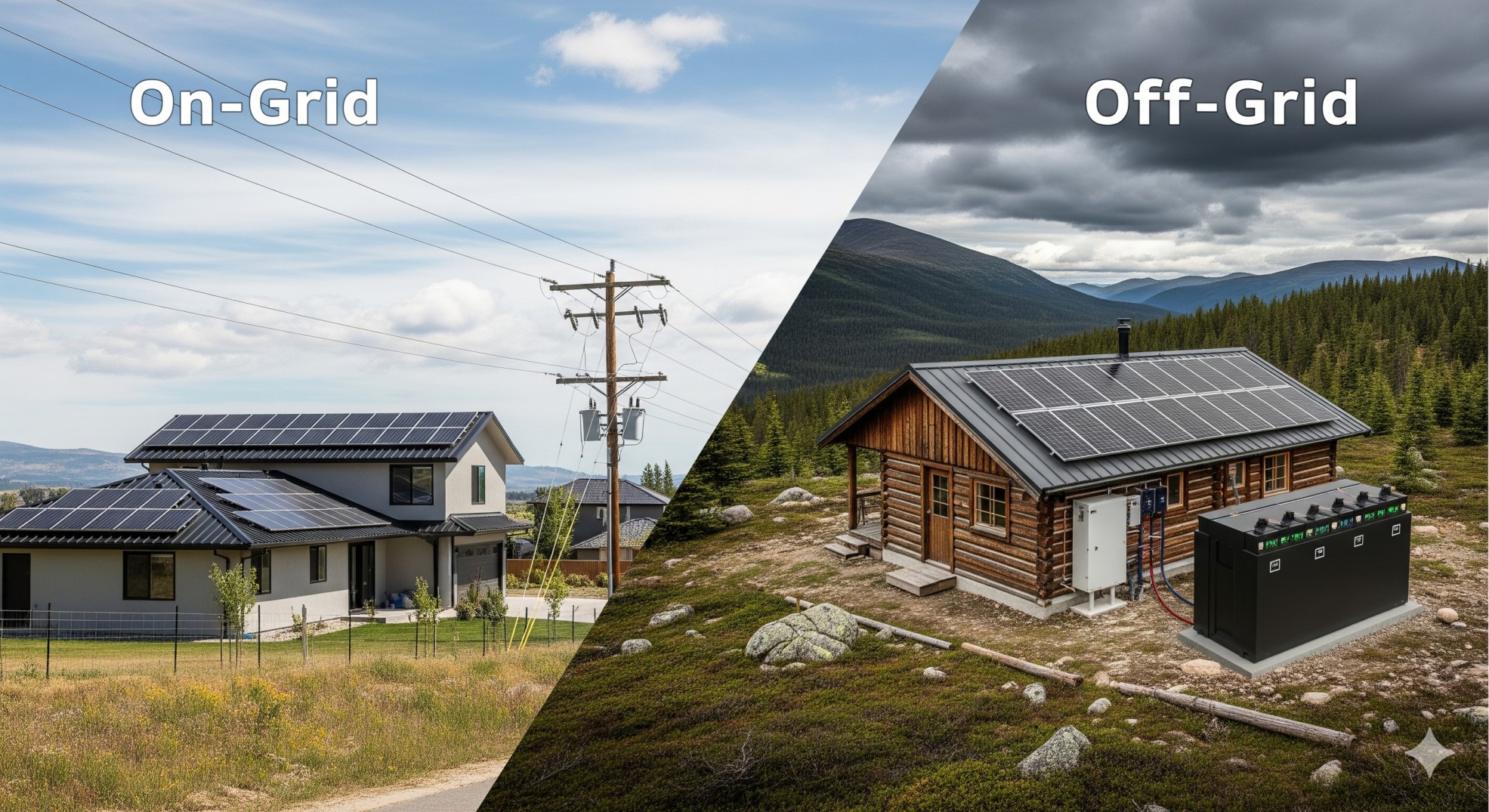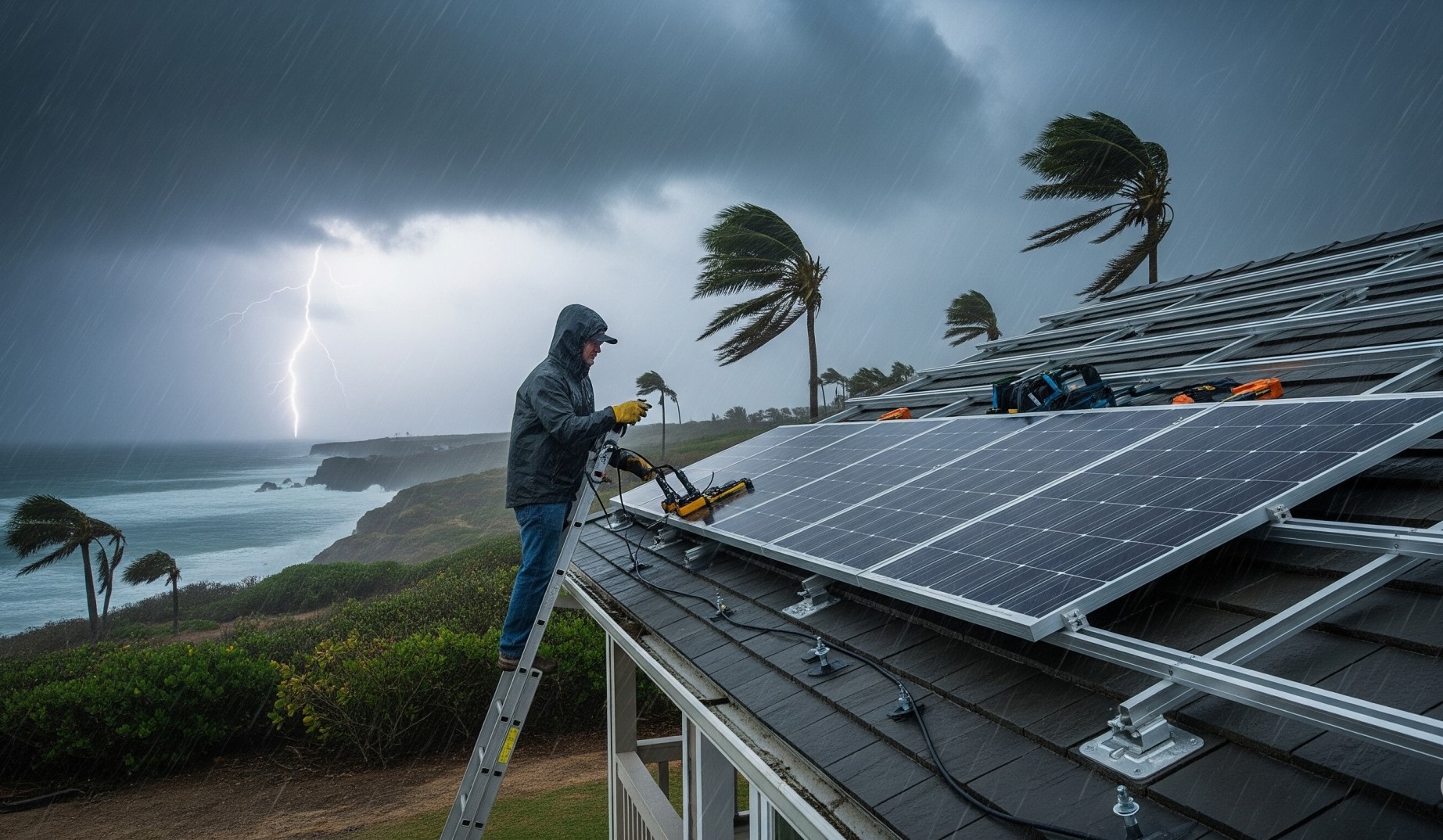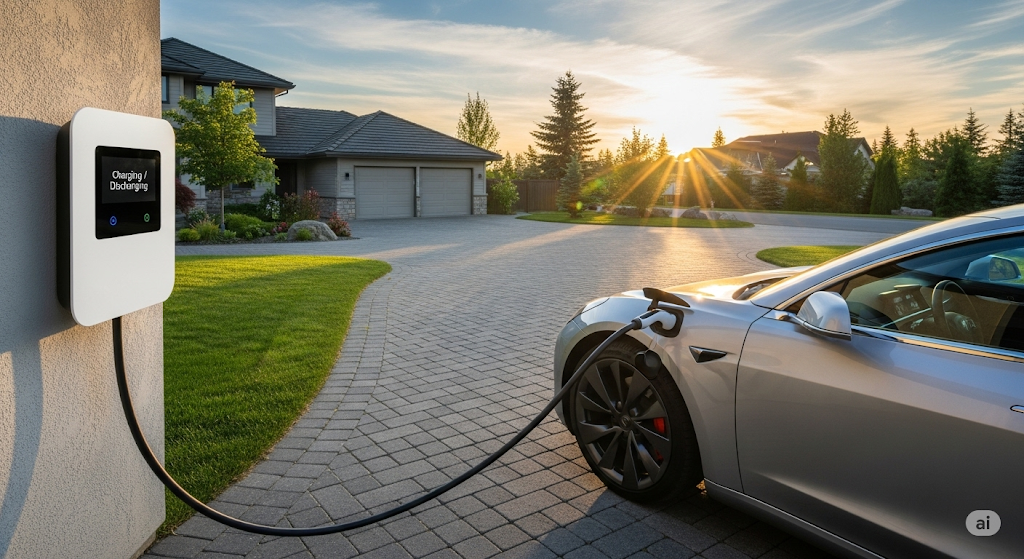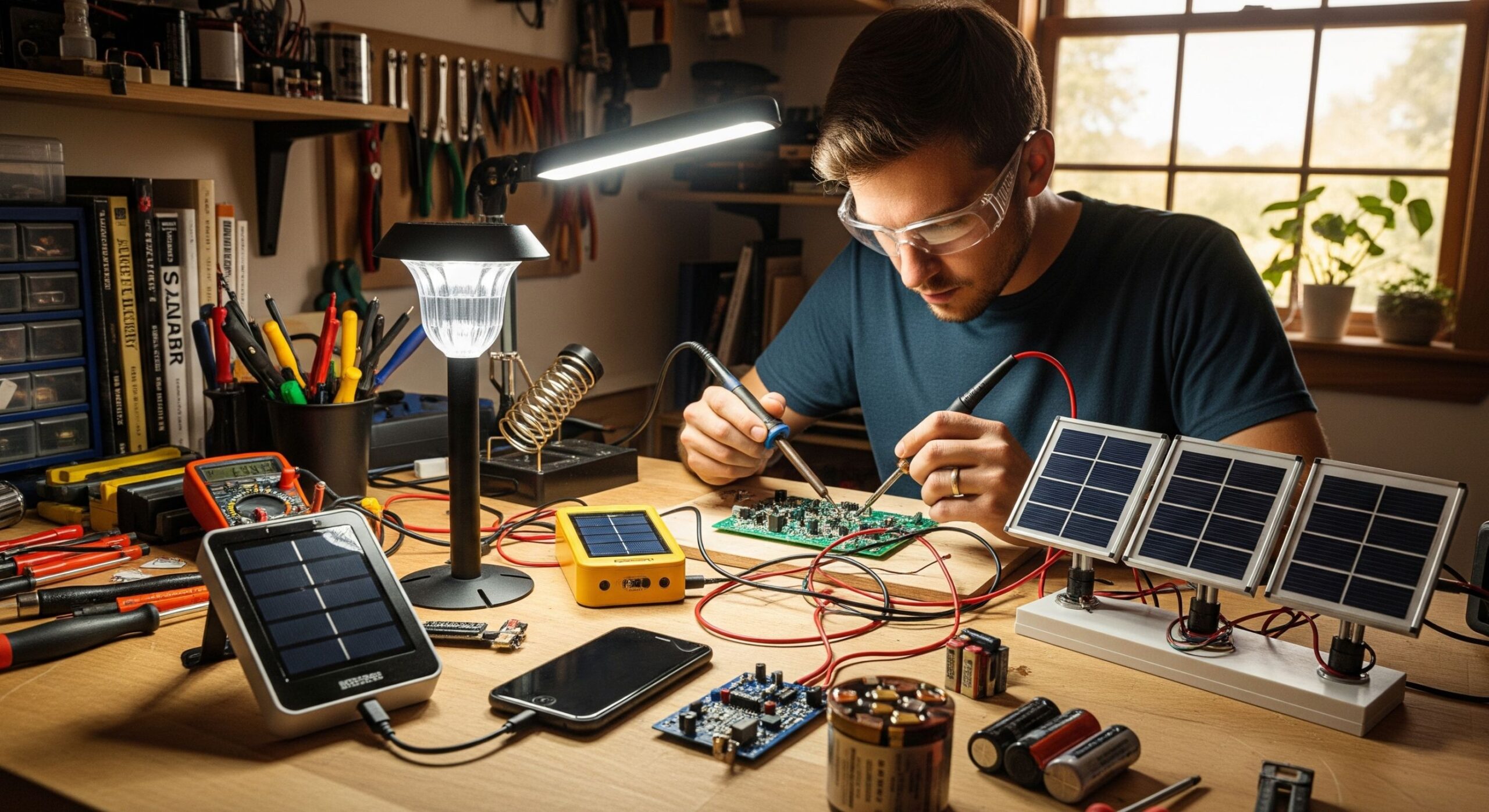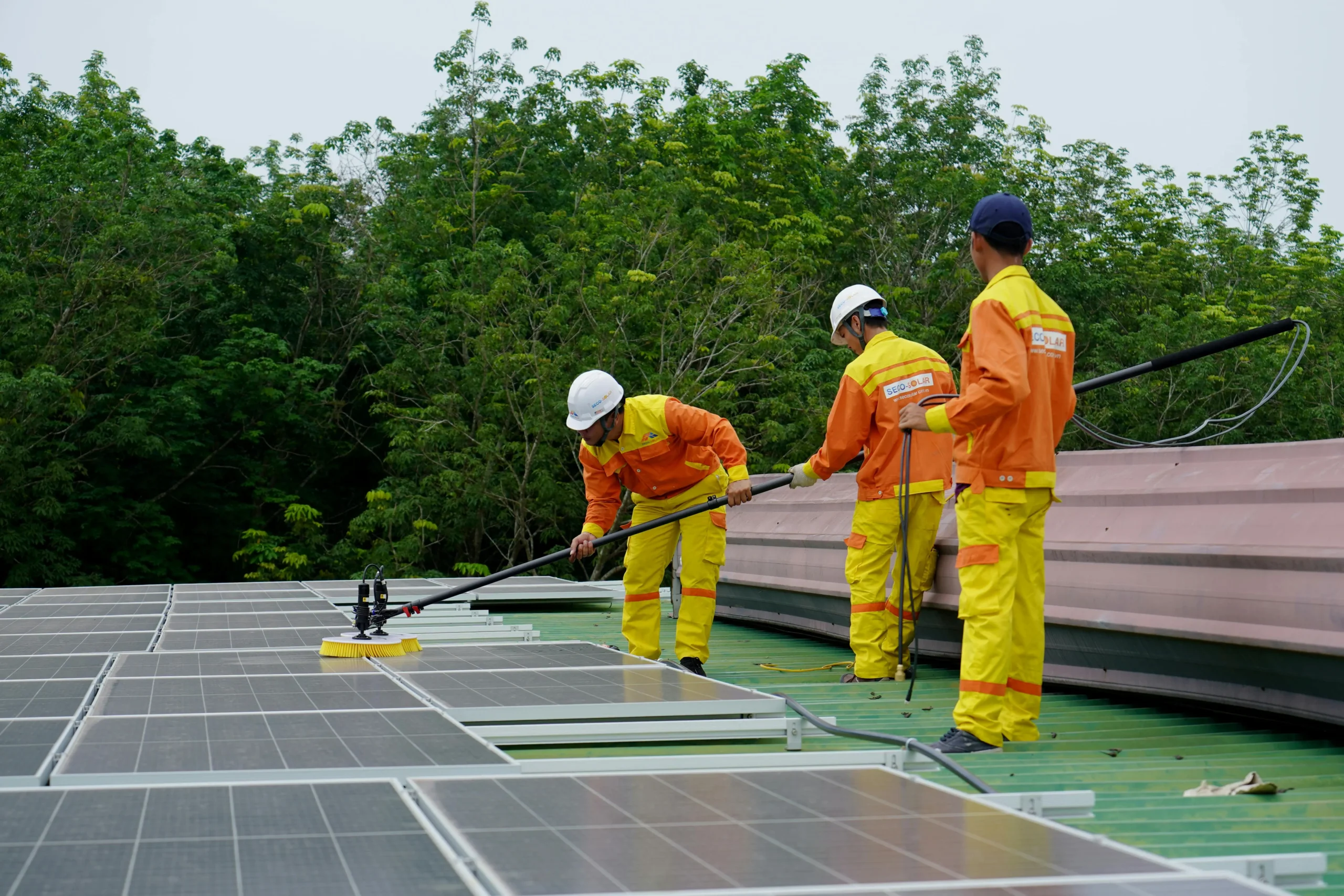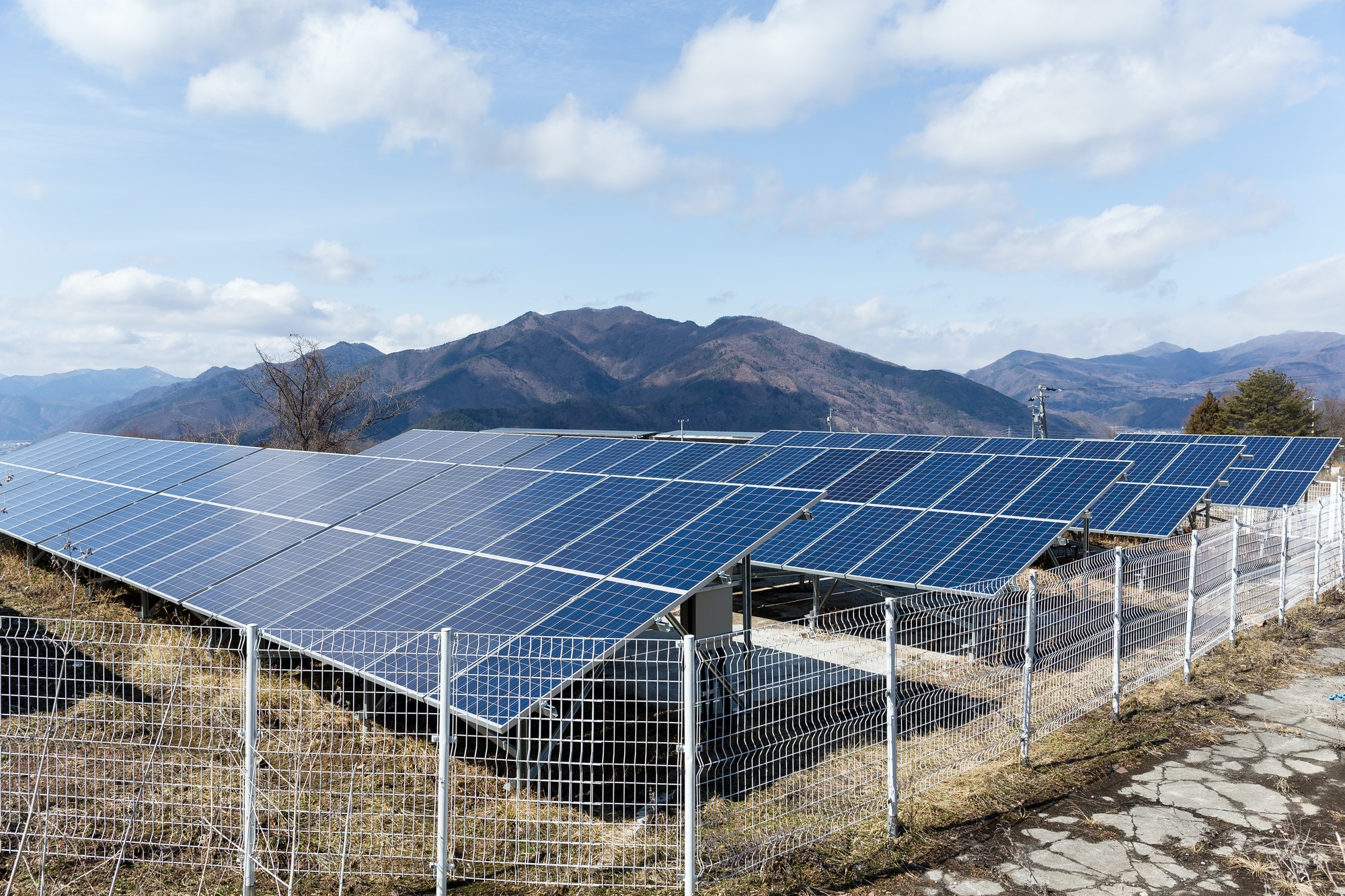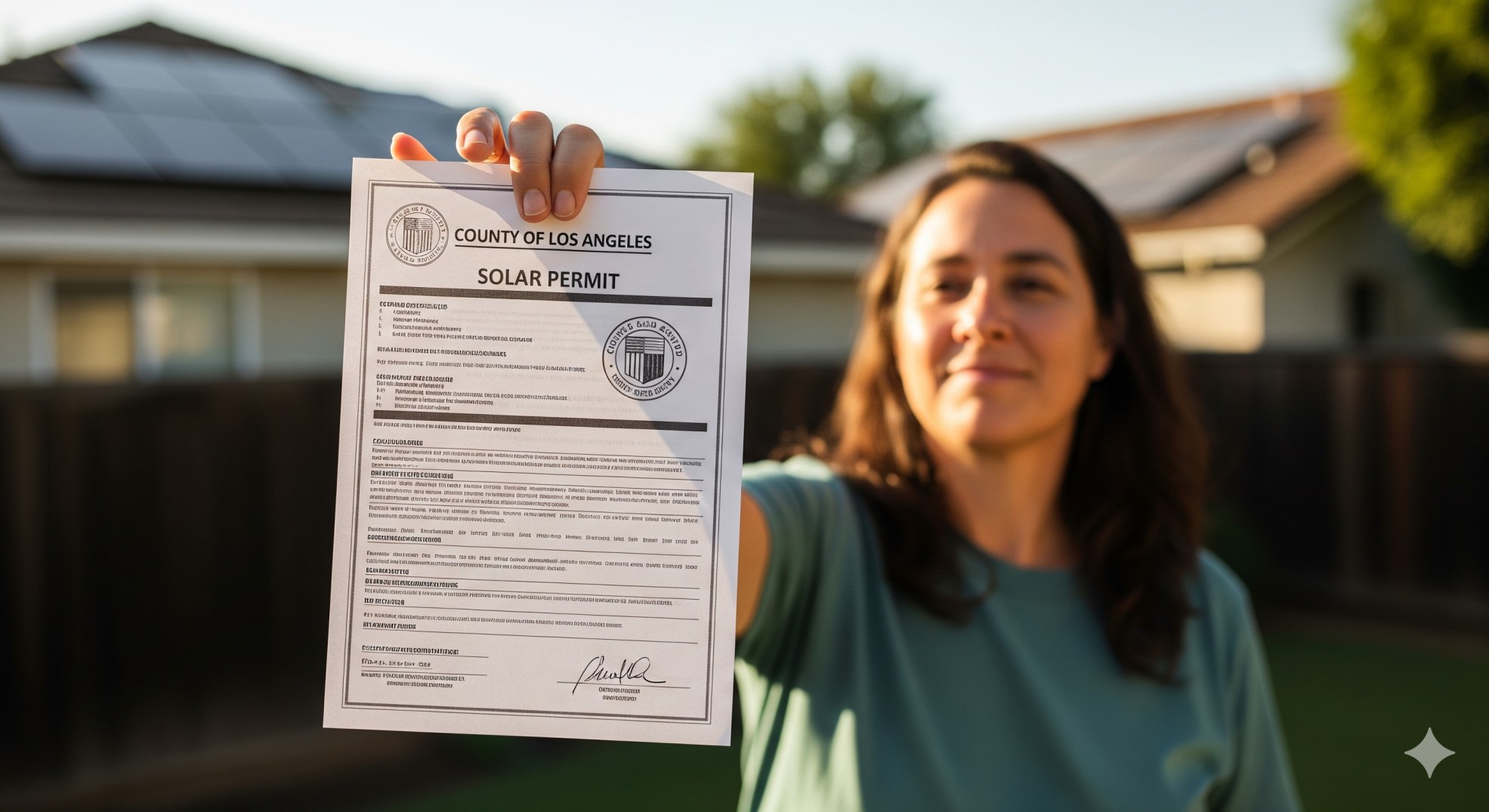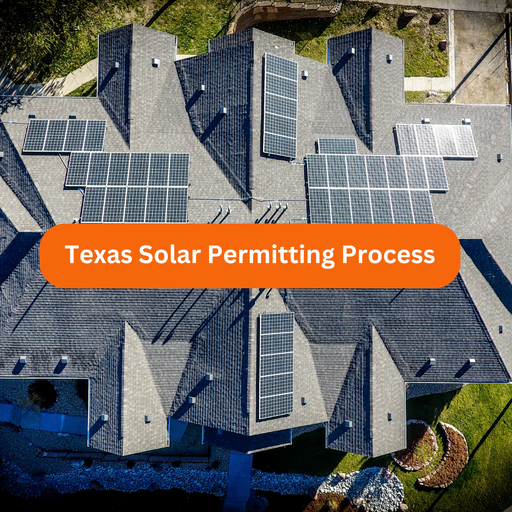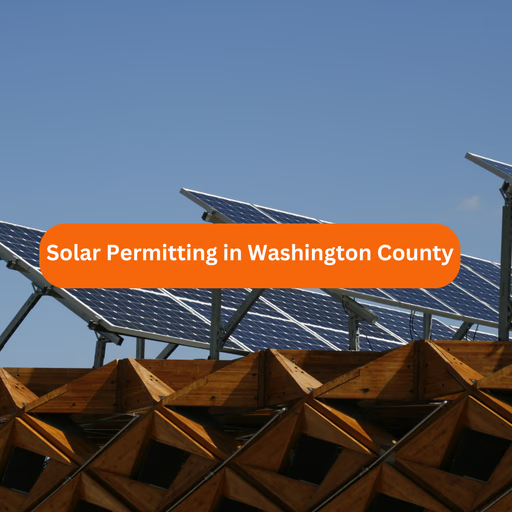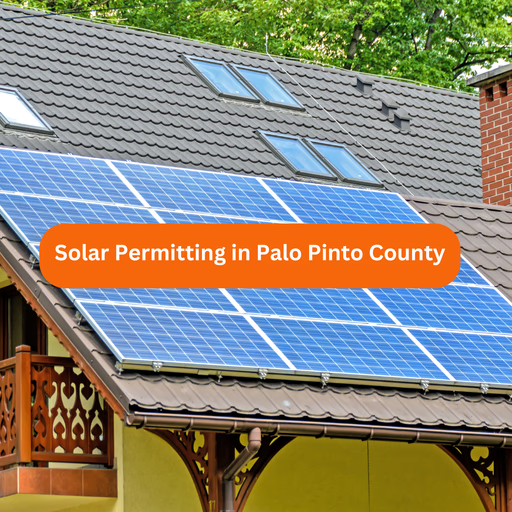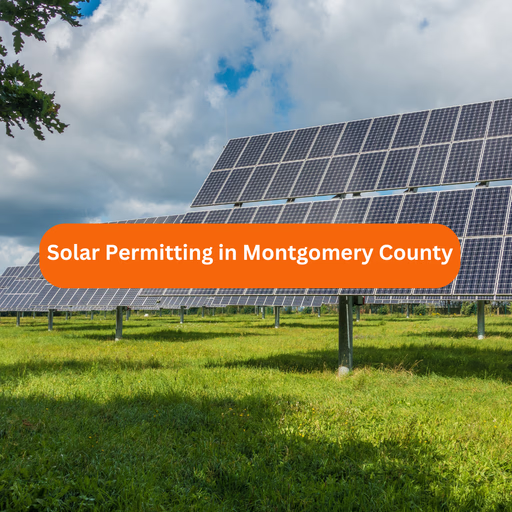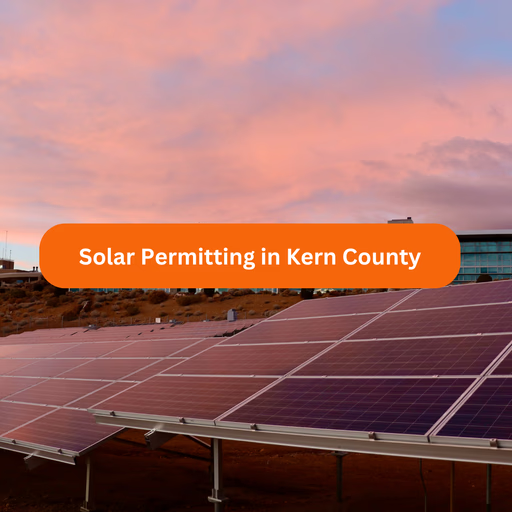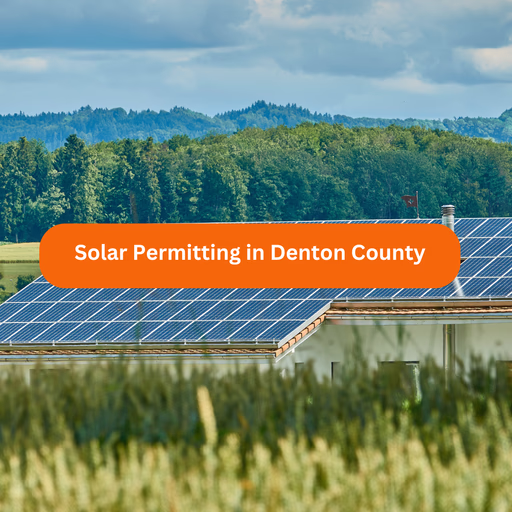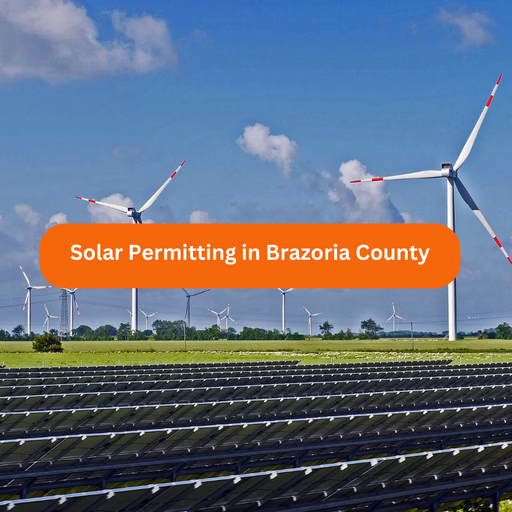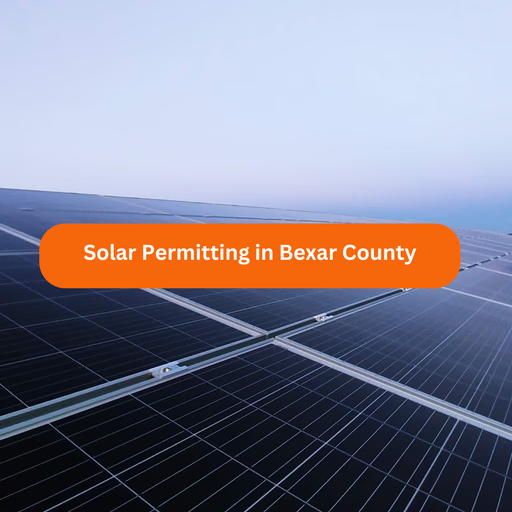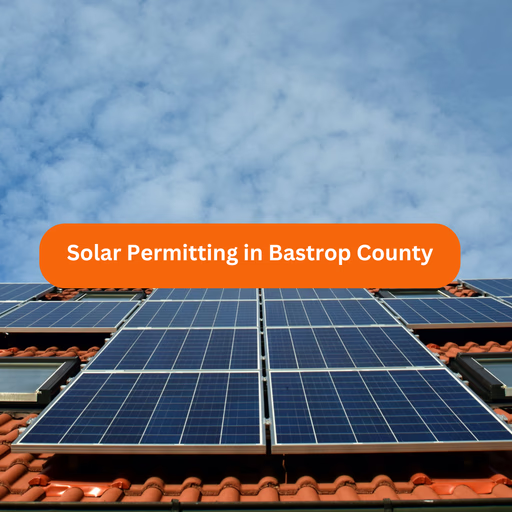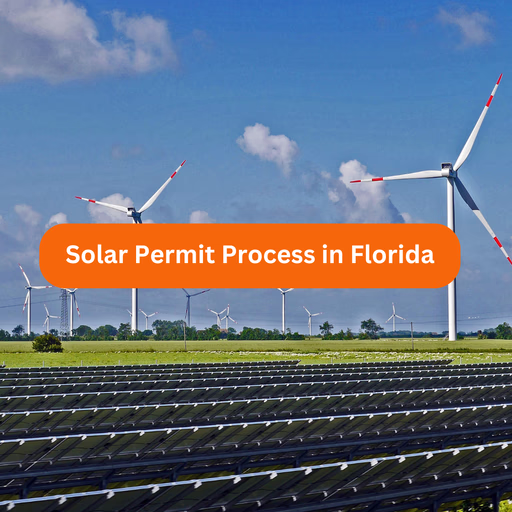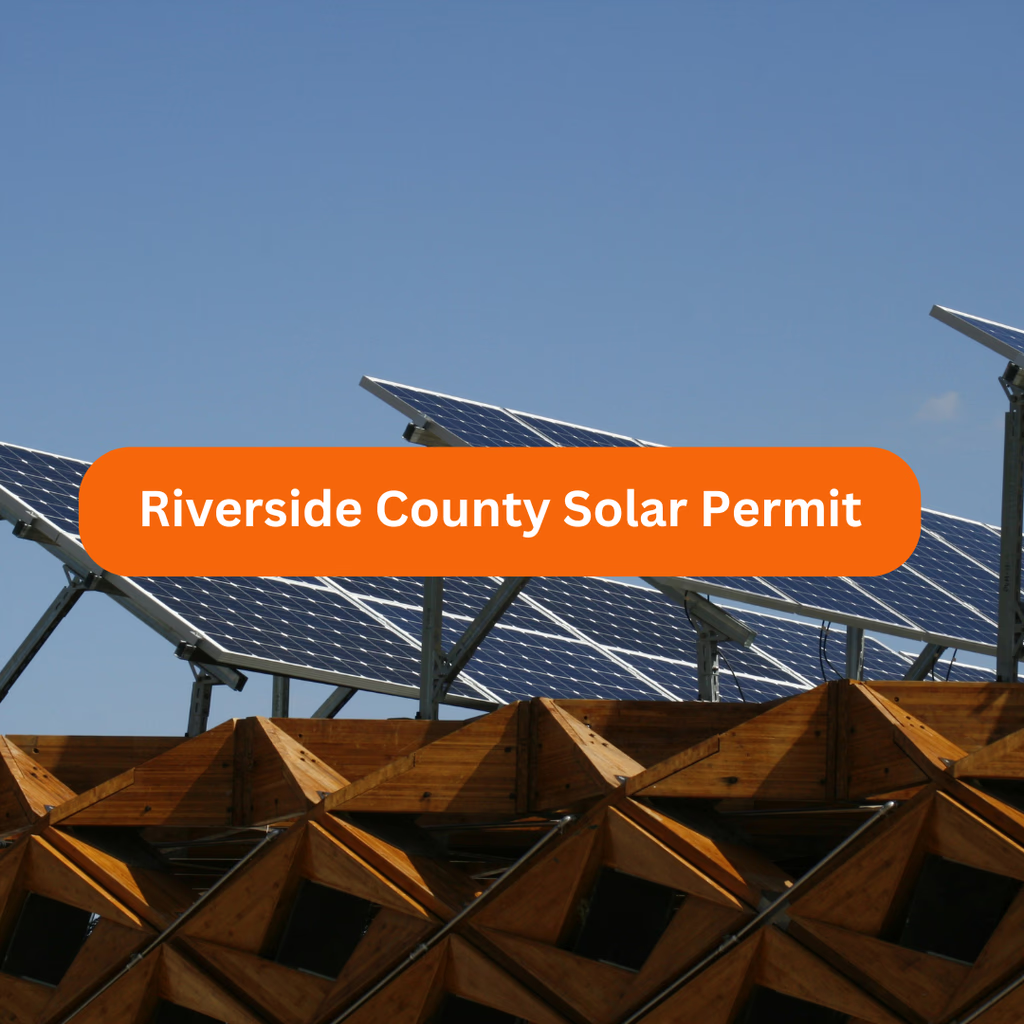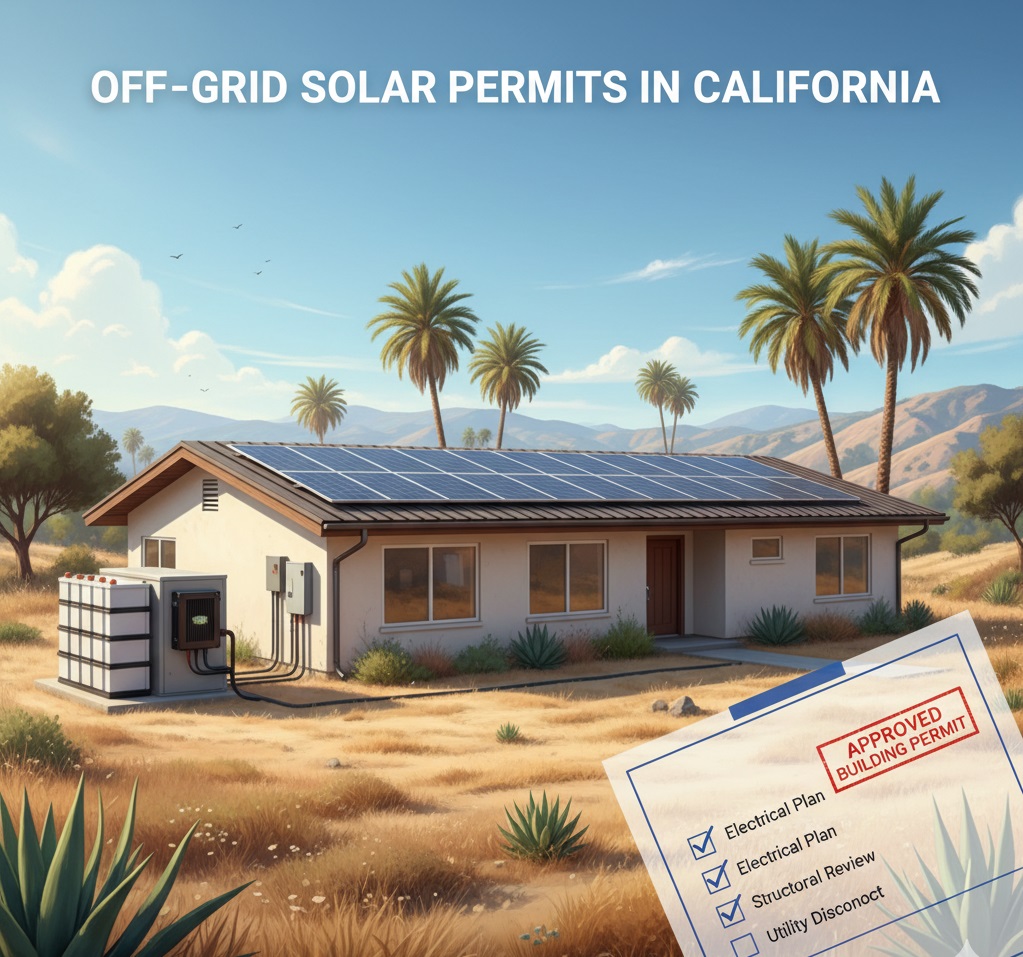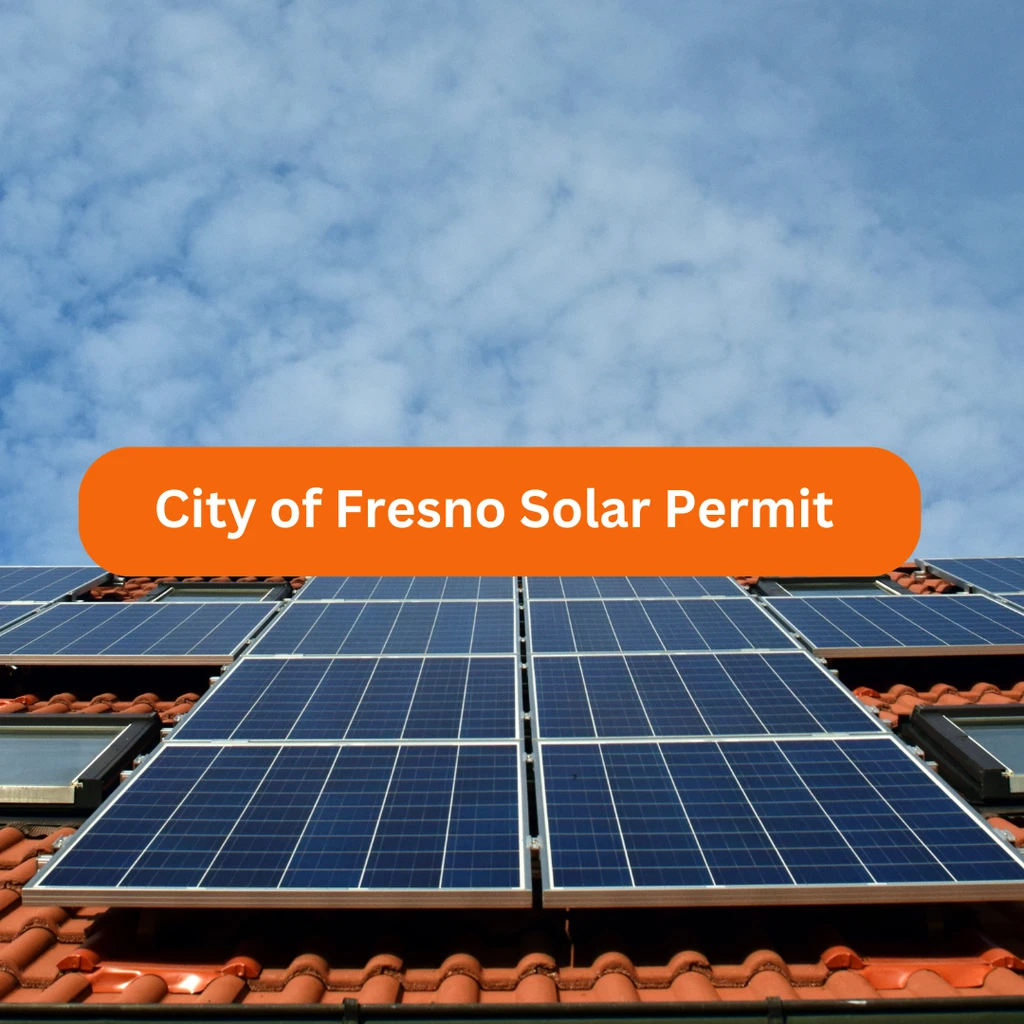Solar energy has become a prominent solution for sustainable power needs, offering benefits like reduced utility bills and lower carbon footprints. However, before you can harness the power of the sun, you must navigate the complex process of obtaining solar permits. This article provides a detailed exploration of solar permit services, covering everything from the types of permits required to the steps involved in securing them.
Understanding Solar Permits
What Is a Solar Permit?
A solar permit is an official authorization from local government authorities that allows you to install a solar energy system on your property. It ensures that the installation adheres to local building codes, zoning laws, and safety standards. This process is crucial to ensure that the system operates efficiently and safely.
Types of Solar Permits
1. Building Permits: These are required for the structural aspects of the installation. They ensure that the building or structure can support the weight and installation of solar panels.
2. Electrical Permits: These focus on the electrical components of the solar system, including wiring and connections. They ensure that the system complies with electrical codes and safety standards.
3. Zoning Permits: Zoning permits are required to ensure that the solar installation complies with local land use regulations. These can include height restrictions, setbacks, and aesthetic considerations.
4. Environmental Permits: If the installation may impact the environment, such as by affecting wetlands or historical sites, you may need environmental permits. These are less common for residential installations but can be crucial for larger projects.
Different Permits Required for Solar Installation
Residential Solar Installations:
- Building Permit: Required to ensure the structural integrity of the installation.
- Electrical Permit: Ensures that the electrical aspects of the system meet local codes.
- Zoning Permit: May be needed depending on local regulations and the size of the system.
Commercial Solar Installations:
- Building Permit: Necessary for the structural modifications required.
- Electrical Permit: Critical for ensuring the system meets all electrical standards.
- Zoning Permit: Often required due to the scale of the installation and its impact on the surrounding area.
- Environmental Permits: May be needed if the installation affects larger areas or sensitive environments.
Utility-Scale Solar Farms:
- Building Permit: Comprehensive requirements due to the scale of the project.
- Electrical Permit: Extensive review to handle high-voltage systems.
- Zoning Permit: Detailed review process considering the impact on land use.
- Environmental Permits: Extensive assessments required to evaluate potential environmental impacts.
AHJ Requirements for Solar Permits
What Is an AHJ?
The Authority Having Jurisdiction (AHJ) is the local authority responsible for enforcing building codes and regulations related to construction and installations. The AHJ can vary by location and may include city or county building departments, fire marshals, or other regulatory bodies.
AHJ Requirements for Solar Permits
1. Design Standards: The AHJ will require detailed system designs, including engineering drawings and load calculations, to ensure that the installation meets local building codes and safety standards.
2. Safety Measures: The AHJ enforces safety regulations to protect both the installation and future occupants. This includes proper mounting, wiring, and maintenance procedures.
3. Documentation: Required documentation typically includes detailed plans of the solar system, proof of compliance with local codes, and, in some cases, proof of insurance.
4. Inspections: The AHJ conducts inspections at various stages of the installation process to verify compliance with all relevant codes and standards.
Difficulties in Getting Solar Permits
Common Challenges
1. Complexity of Regulations: Different jurisdictions have varying codes and requirements, making it challenging to navigate the permitting process. Local regulations can be intricate and may require specific compliance.
2. Delays: The permitting process can be time-consuming, leading to project delays. Delays may result from backlogs at the AHJ, additional information requests, or required revisions.
3. Cost: Permit fees can add to the overall cost of the solar project. This includes application fees, inspection fees, and potential costs for additional documentation or modifications.
4. Technical Requirements: Meeting all technical requirements, including structural and electrical codes, can be complex and may require professional expertise.
Solutions
1. Professional Assistance: Engaging with a solar permit specialist or contractor can streamline the process and ensure compliance with all requirements. Their experience can help navigate complex regulations and avoid common pitfalls.
2. Early Planning: Starting the application process early and thoroughly preparing all required documentation can help avoid delays and ensure a smoother approval process.
Why Do You Need a Solar Permit?
Safety and Compliance
Permits are crucial for ensuring that solar installations are safe and meet all local regulations. Properly permitted systems are less likely to pose safety hazards such as electrical fires or structural failures.
Legal Requirements
In many areas, obtaining a permit is a legal requirement. Installing a solar system without the proper permits can result in fines, orders to remove the system, or other legal issues. Compliance with legal requirements is essential to avoid these potential problems.
Insurance and Warranty
Many insurance policies and warranties require that installations be permitted and compliant with local codes. This ensures that you are covered in case of system failures or damage. Proper permits can also enhance the overall reliability of the system.
How to Obtain a Solar Permit
Step-by-Step Solar Permitting Process
1. Initial Consultation: Begin by consulting with a solar contractor or permit specialist to discuss your project and understand the specific permit requirements. This step helps identify what permits are needed and what documentation will be required.
2. Design and Documentation: Prepare detailed plans for your solar system, including electrical diagrams, structural assessments, and any other required documents. Ensure that these plans meet local codes and standards.
3. Application Submission: Submit your permit application along with all required documentation to the local AHJ. This may include detailed drawings, proof of compliance with codes, and any necessary fees.
4. Review and Approval: The AHJ will review your application and documentation. This process may involve multiple stages of review, and you may be asked to provide additional information or make revisions.
5. Inspections: Schedule and pass any required inspections during and after the installation. Inspections ensure that the system is installed correctly and complies with all relevant codes.
6. Final Approval: Once all requirements are met and inspections are passed, obtain final approval and documentation from the AHJ. This completes the permitting process and allows you to begin using your solar system.
Solar Permit Review Process
The review process typically involves several stages:
1. Initial Review: The AHJ conducts a preliminary review to ensure that all required documents have been submitted. Incomplete applications may be returned for additional information.
2. Technical Review: Experts assess the technical aspects of the design, including compliance with building codes, electrical standards, and safety regulations.
3. Public Notification: For larger or more impactful installations, there may be a public notification process to inform the community and address any potential concerns.
4. Final Decision: The AHJ makes a final decision on the permit application. If approved, the permit is issued. If not, additional revisions or documentation may be required.
Benefits of Obtaining a Solar Permit
Ensuring Safety and Compliance
Permits ensure that solar installations are safe, reliable, and compliant with local regulations. This reduces the risk of hazards such as electrical fires or structural issues and ensures that the system operates efficiently.
Avoiding Legal and Financial Issues
Properly permitted installations help avoid legal issues, fines, and problems with insurance coverage. Compliance with local regulations is essential for protecting your investment and avoiding potential complications.
Enhancing Property Value
A well-documented and properly installed solar system can enhance the value of your property. Solar installations that meet all regulatory requirements are more attractive to potential buyers and can contribute to a higher resale value.
How Long Does Permitting Take?
Timeline Variations
The timeline for obtaining a solar permit can vary based on several factors:
1. Location: Different jurisdictions have different processing times. Urban areas may have faster processing times due to more resources, while rural areas may take longer.
2. Project Size: Larger or more complex projects may take longer to review and approve. This is due to the need for more detailed plans and additional scrutiny.
3. AHJ Efficiency: The efficiency and workload of the local AHJ can impact processing times. Some jurisdictions may have backlogs or staffing issues that can cause delays.
On average, the permitting process can take anywhere from a few weeks to several months. It’s important to plan accordingly and account for potential delays.
How Much Are Permitting Fees?
Typical Costs
Permitting fees can vary widely based on location, project size, and complexity. Typical fees include:
1. Building Permit Fees: Often based on the project cost or size. Larger projects may incur higher fees.
2. Electrical Permit Fees: Based on the complexity of the electrical work involved. More complex systems may require higher fees.
3. Zoning Permit Fees: Vary depending on local regulations and the type of zoning review required. Some areas may have higher fees for zoning permits.
Managing Costs
1. Budgeting: Include permit fees in your overall project budget to avoid surprises. Factor in potential costs for additional documentation or revisions.
2. Consultation: Work with a permit specialist to understand and manage costs effectively. They can help identify potential savings and avoid unnecessary expenses.
DIY Solar Permit
Is DIY Permitting Feasible?
While it is possible to handle the permitting process yourself, it can be complex and time-consuming. This requires a thorough understanding of local codes and regulations, which can be challenging for those without experience.
Pros and Cons
Pros:
- Potential cost savings on permit services.
- Greater control over the permitting process.
Cons:
- Risk of errors or omissions, which can lead to delays or compliance issues.
- Time-consuming process that may require significant effort and expertise.
Recommendations
1. Professional Help: For most projects, especially larger or more complex ones, working with a professional permit service is advisable. They have the expertise and experience to navigate the permitting process efficiently and ensure compliance.
Do I Need a Permit for Off-Grid Solar?
Requirements for Off-Grid Systems
1. Local Regulations: Even if a solar system is off-grid, local regulations may still require permits. This ensures that the installation meets safety standards and building codes.
2. Building Codes: Off-grid systems may still need to comply with local building codes, including structural and electrical requirements.
Checking Local Requirements
1. Consultation: Consult with your local AHJ or a permit specialist to understand the specific requirements for off-grid installations in your area. This will help ensure compliance and avoid potential issues.
When to Start the Application Process
Timing Considerations
1. Early Planning: Start the permitting process as early as possible to account for potential delays and ensure that all requirements are met. This helps avoid disruptions to your project timeline.
2. Project Timeline: Align the permitting timeline with your overall project schedule. Consider any potential delays and plan accordingly to ensure a smooth installation process.
Recommendations
1. Pre-Application Consultation: Engage with a permit specialist or contractor early in the planning phase. They can help identify requirements, prepare documentation, and streamline the process.
Conclusion
Navigating the solar permit process is a crucial step in successfully installing a solar energy system. Understanding the types of permits required, the steps involved, and the challenges you may face can help you ensure a smooth and compliant installation. By planning ahead, seeking professional assistance, and staying informed about local regulations, you can successfully manage the permitting process and enjoy the benefits of solar energy.











